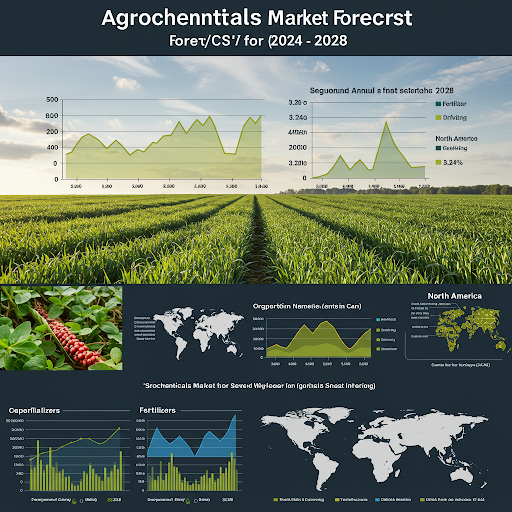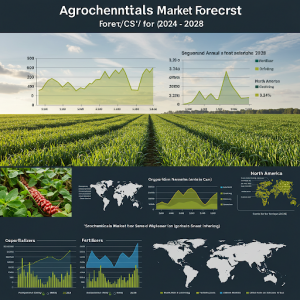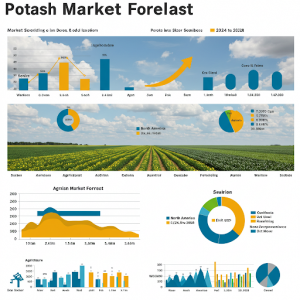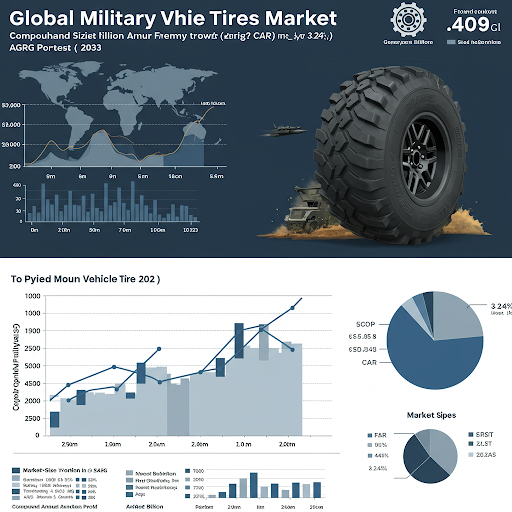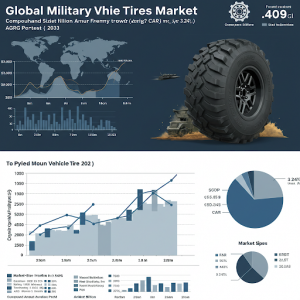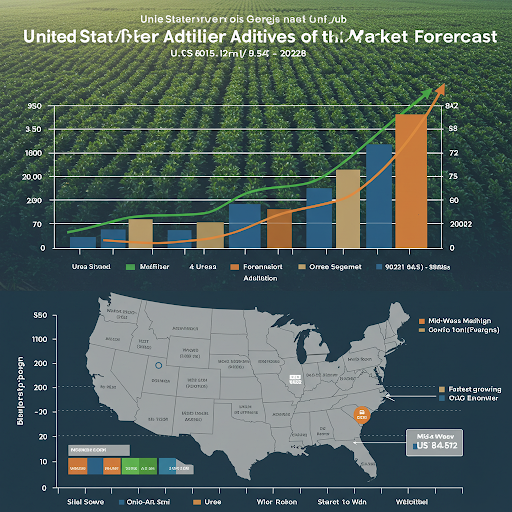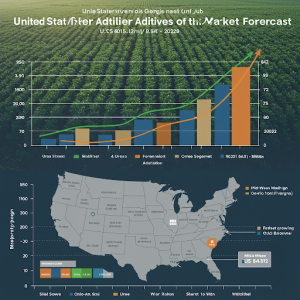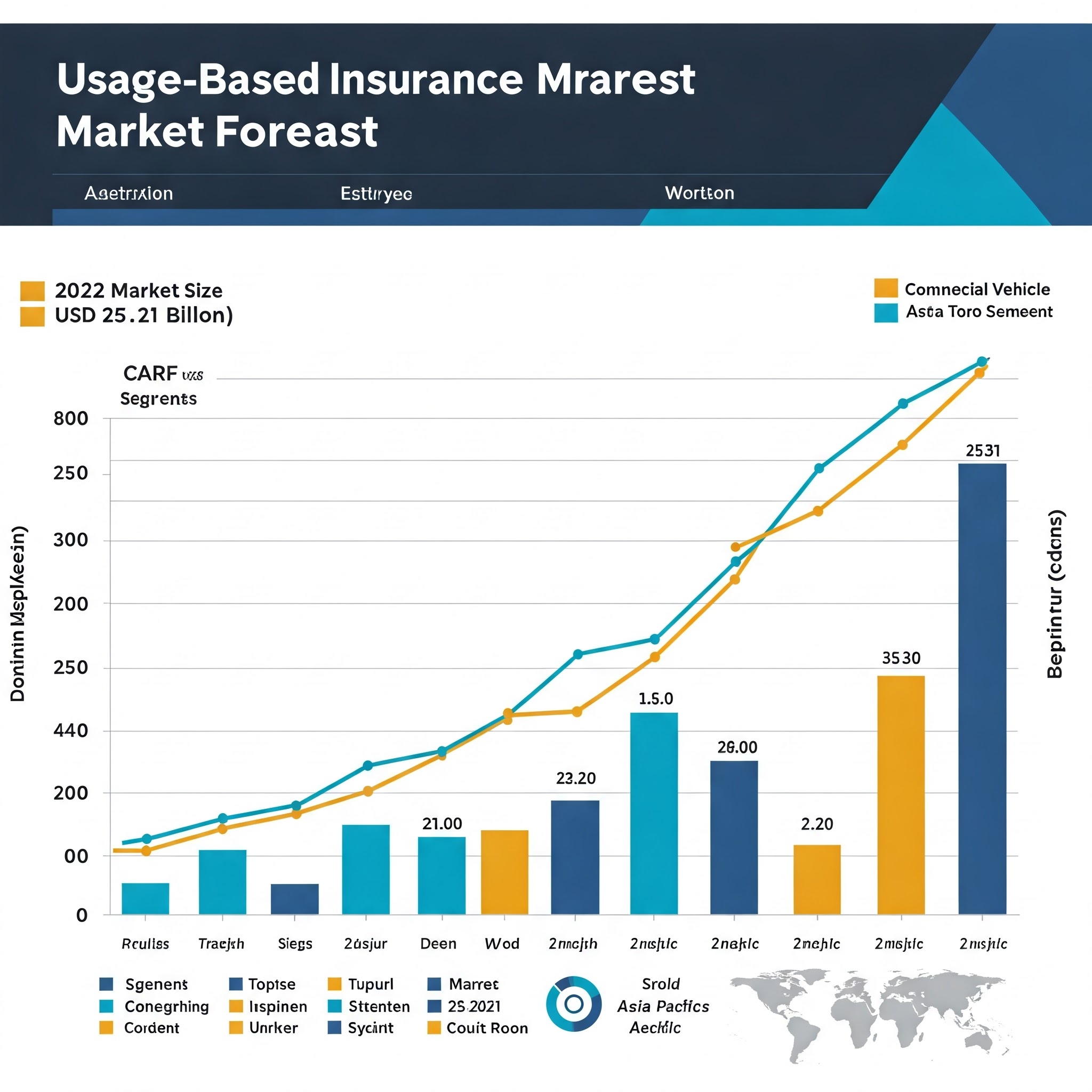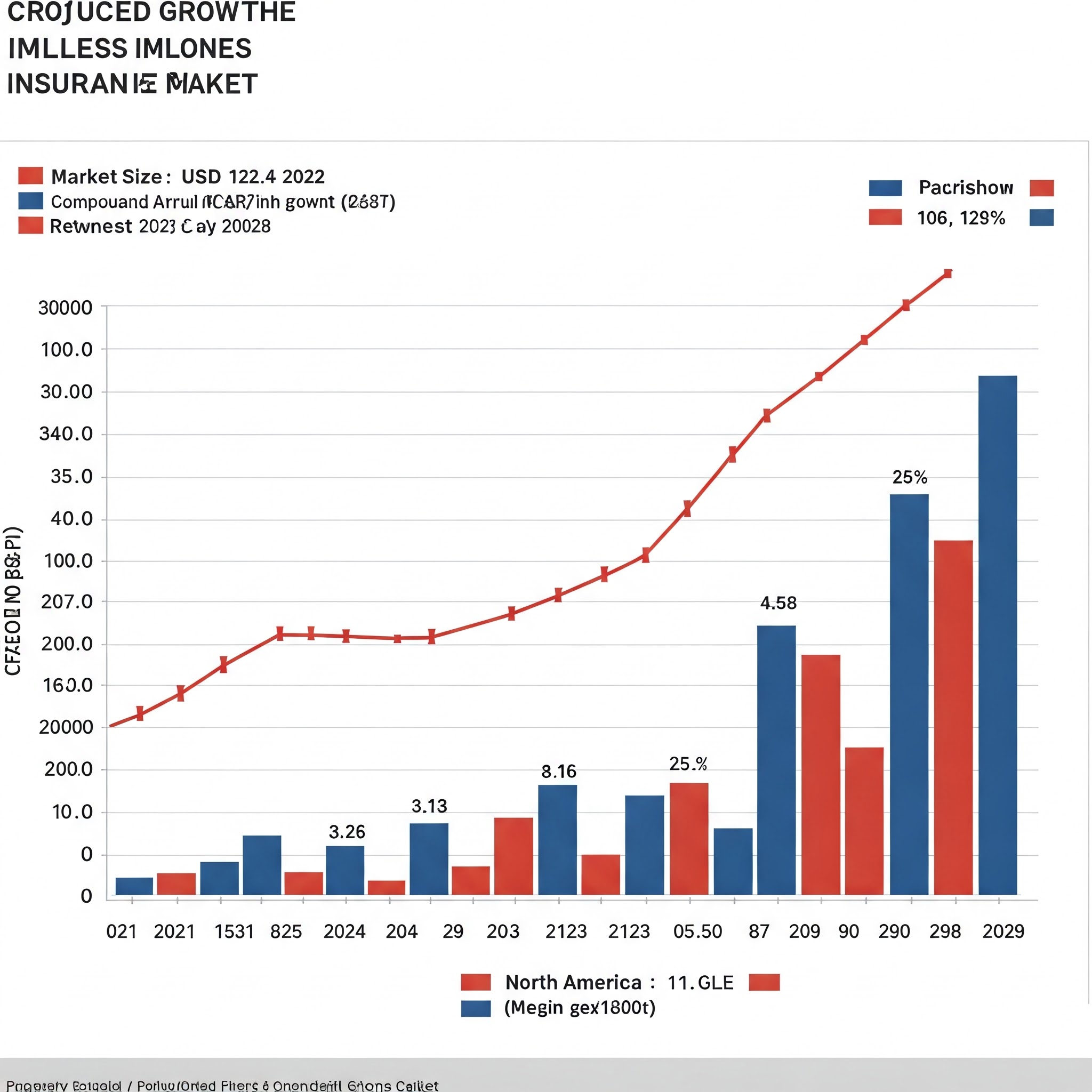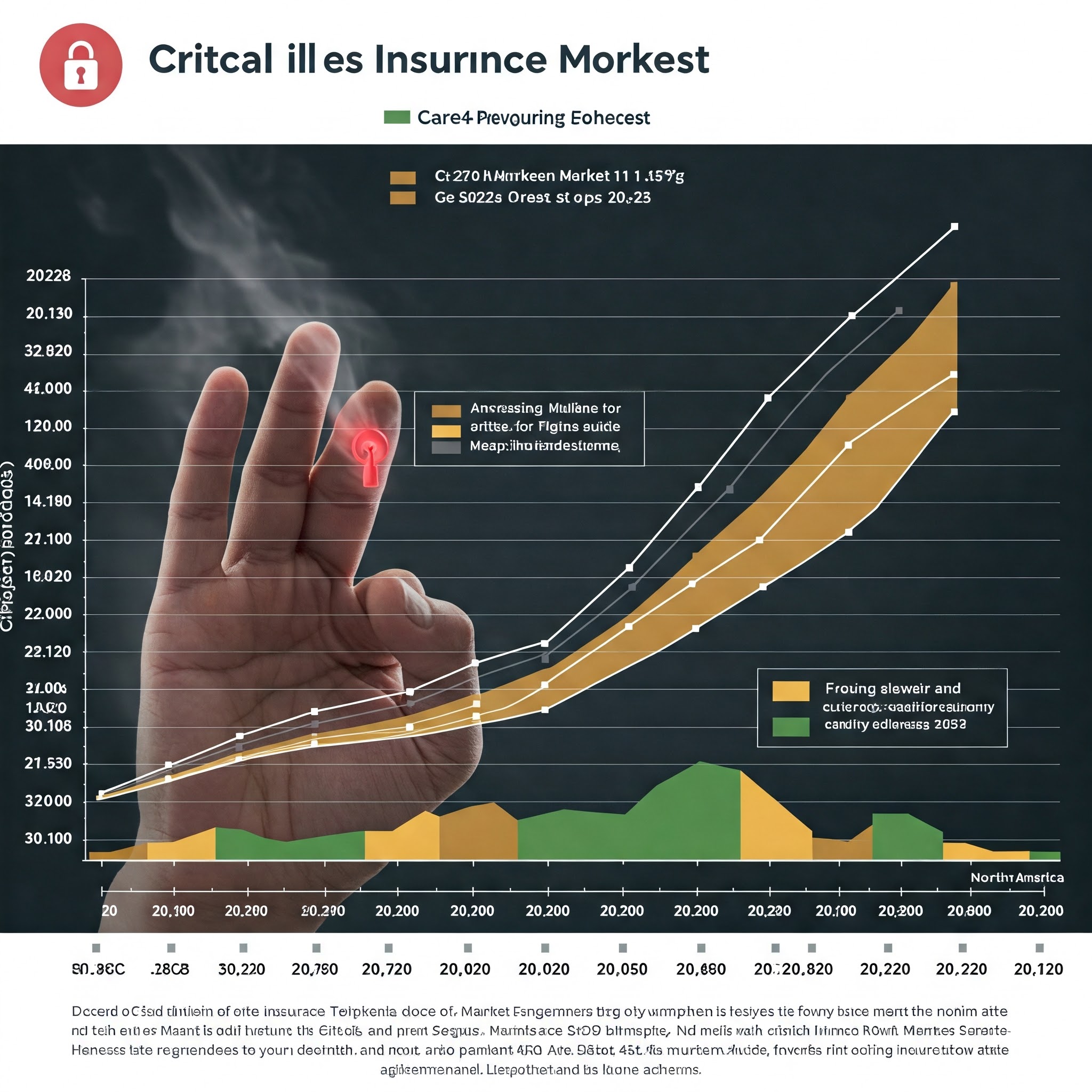The size of the global Additive Manufacturing market was worth USD 22.34 billion in 2024 and is anticipated to reach USD 67 billion by 2035 at a CAGR of 24.23% during the period from 2024 to 2035. 4.2 million units of 3D printers were shipped across the world in 2024 and the unit shipments are anticipated to reach 67.45 million units by 2035. The factors like increasing demand for prototyping applications across various industries and industry verticals, specifically healthcare, automotive, and aerospace & defense, and the aggressive research and development in 3D printing are anticipated to fuel the growth of the market.
Technological Advancements and Innovation
The Global Additive Manufacturing Market is largely influenced by ongoing technological development and innovation in the sector. Additive manufacturing, or 3D printing, has moved beyond its early use in prototyping to become a disruptive force in different industries. The continuous innovation of new materials, printing technologies, and processes has broadened the applicability of additive manufacturing, which is now more versatile and can be used to create complex and functional end-use products.
One of the most important drivers in this group is the development of materials for additive manufacturing. Scientists and industry actors are continuously working on and discovering new materials that provide improved mechanical properties, strength, and compatibility with various manufacturing methods. This ranges from metals to polymers, ceramics, and composites, creating possibilities for a wide range of applications in aerospace, medicine, automotive, among others.
Additionally, advances in printing technologies, including increased printing speed, high resolution, and bigger build volume, drive the growth of the market. As the technology evolves, businesses are able to produce with more efficiency, less lead time, and at lower cost. Automation and artificial intelligence integration in additive manufacturing processes also improve precision and reproducibility, thus making it the go-to option for manufacturing intricate and customized parts.
Key Market Challenges
Material Limitations and Standardization
One of the key challenges for the Global Additive Manufacturing Market is the inherent limitations of the materials used in 3D printing processes. Although great progress has been made in broadening the range of materials that can be used with additive manufacturing, some industries continue to struggle with identifying materials that have the required performance characteristics. For instance, industries such as aerospace and healthcare demand materials with precise mechanical properties, biocompatibility, and durability, which may not be readily found at for 3D printing.
In addition, consistency and standardization of materials are a significant challenge to attain. Various additive manufacturing technologies may have specific material formulations, and the absence of standardized processes can create interoperability issues and restrict material selection. This is especially true when comparing parts made using various 3D printing systems since differences in material properties may affect the performance and reliability of the end products.
Often, additional steps such as sanding, polishing, or coating are necessary for post-processing 3D-printed components to enhance their surface finish. This adds extra time and cost to the final product. Again, the amount of post-processing also depends on the specific additive manufacturing technology applied; some additive manufacturing technologies produce surfaces that are smoother than others by nature.
This challenge becomes more relevant in consumer goods or high-end manufacturing where appearance and texture matter. In such industries, this requires innovation in additive manufacturing techniques, development of new post-processing technologies, and higher automation to make the additional steps of production workflow much easier.
Attempts are being made to integrate post-processing technologies right into additive manufacturing systems in an effort to limit manual interventions and enhance overall efficiency. Still, the sector is yet to reconcile the ability to produce high-quality surface finishes and remain cost-effective.
Key Market Players
- 3DSystems Corporation
- General Electric Company
- EnvisionTEC GmbH
- EOS GmbH
- Exone Operating, LLC
- Mcor Technologies Ltd
- Materialise NV
- Optomec Inc.
- Stratasys Ltd
- SLM Solutions Group AG
| By Technology | By Material | By End-User | By Region |
|
|
|
|
Software Insights
The design software segment led the market in 2022 and had a revenue share of over 36%. The segment is also likely to lead the market during the forecast period. Design software is utilized in creating the object’s design to be printed in the automotive, aerospace & defense, and construction & engineering sectors. There are various benefits related to design software. Among the benefits is the ability of design software to act as an interface between the object to be printed and printer hardware.
In addition to design software, there are various other forms of software utilized in the market. They consist of scanner software, printer software, and inspection software. The scanning software demand is expected to experience substantial growth during the forecast period in accordance with the increasing trend of scanning items and archiving scanned documents. The capability of archiving the scanned images of the items regardless of their sizes and dimensions for 3-dimensional printing is expected to propel the demand for scanning software. The segment of scanning software is anticipated to witness the highest CAGR of 24% during the period between 2023 and 2030.
BUY THIS REPORT TODAY and GET FREE 2 YEARS SERVICE
Application Insights
The prototyping segment held the largest share in the market in 2022 and contributed over 54% to revenue. Prototyping is widely utilized in a variety of industries and industry verticals. Incumbents of the automotive and aerospace & defense industries especially utilize prototyping to design and create parts, components, and intricate systems with exactness. Prototyping enables manufacturers to obtain greater precision and create trustworthy end products. Thus, the prototyping segment will continue to lead the market through the forecast period.
Other uses within the scope of the study are tooling and functional parts. Functional parts consist of smaller joints and other metal hardware used in component connection. The precision and exact sizing of such functional parts are of utmost concern while designing machinery and systems. Therefore, incumbents of various industries and industry verticals are focusing strongly on designing and manufacturing functional parts with the highest precision possible. Thus, the functional parts industry is anticipated to develop at a high CAGR of 24% during the period 2023 to 2030.
Vertical Insights
The automotive industry led the market in 2022 and held a revenue share of over 23%. In terms of vertical, the market has been segmented further into industrial additive manufacturing and desktop additive manufacturing. The automotive industry comes under industrial additive manufacturing as well as aerospace & defense and healthcare, among others. The healthcare segment is expected to witness tremendous growth in consonance with the increasing adoption of additive manufacturing to create artificial muscles and tissues mimicking natural tissues for application in replacement surgeries.
The desktop additive manufacturing segment has been segmented further into dental, objects, education, fashion & jewelry, food, and others. The dental, fashion & jewelry, and food categories are expected to play an important role in driving the growth of the desktop additive manufacturing segment during the forecast period. The dental category had the highest revenue share in 2021 and is expected to maintain its stronghold on the segment during the forecast period. Additive manufacturing is also picking up in imitation jewelry, miniatures, art & craft, and clothing & apparel.
Component Insights
The hardware segment ruled the market in 2022 and held a revenue share of over 63%. The aggressive focus manufacturing entities continued to have on following advanced manufacturing practices and quick prototyping enabled the hardware segment to lead the market. Hardware segment is expected to see substantial growth during the forecast period due to several factors, including fast industrialization, increasing demand for consumer electronics products, ongoing development of civil infrastructure, fast urbanization, and optimized labor costs.

